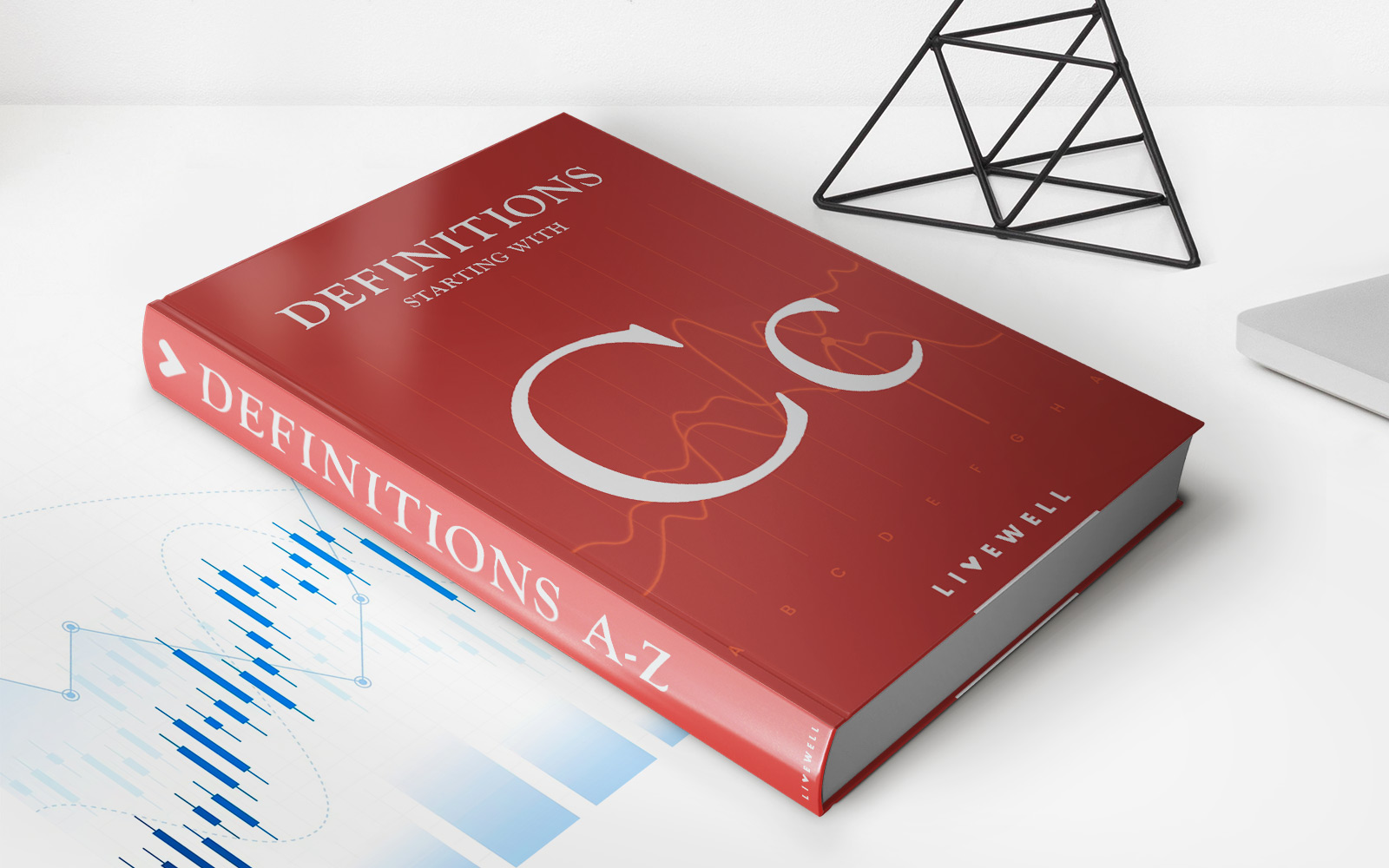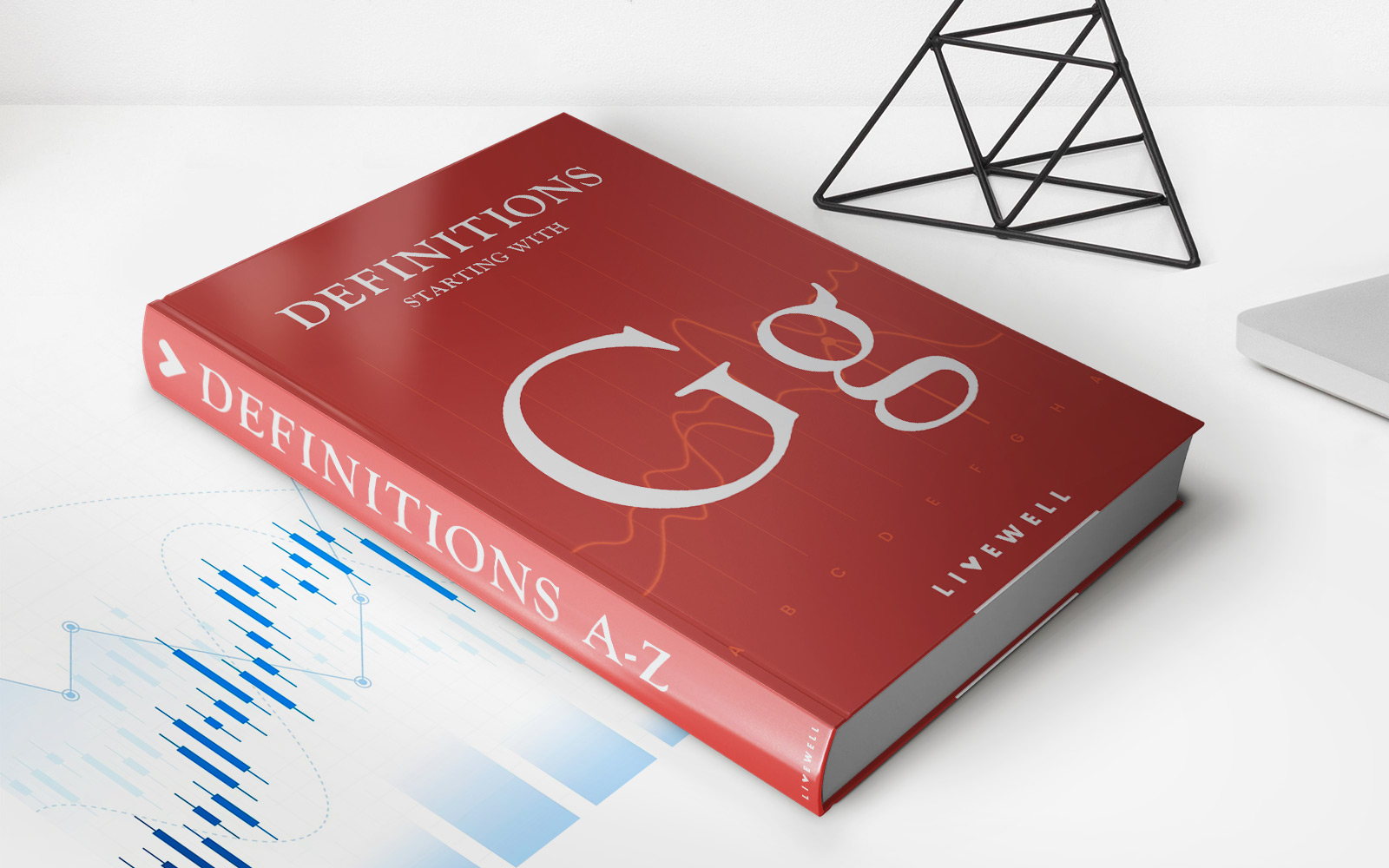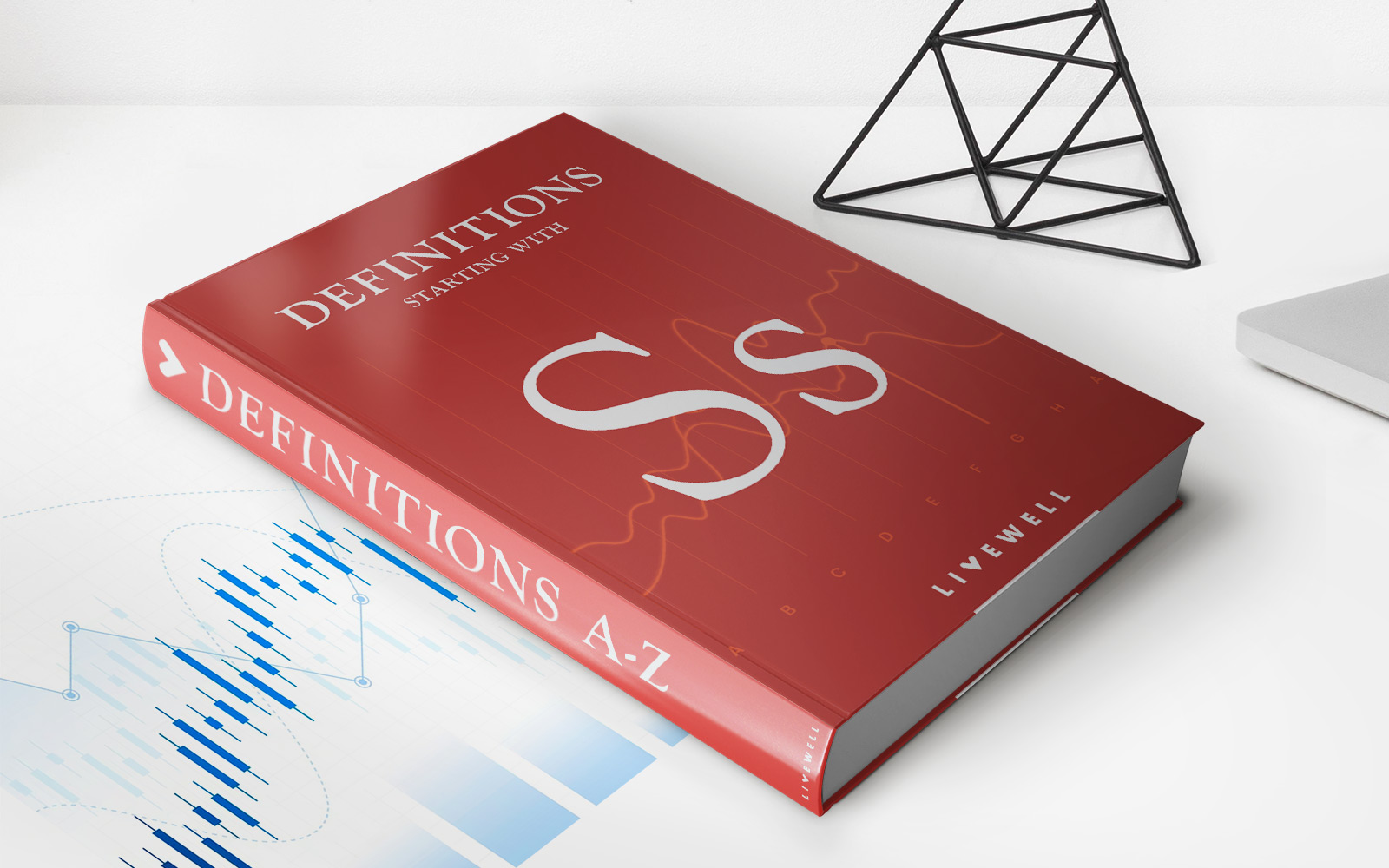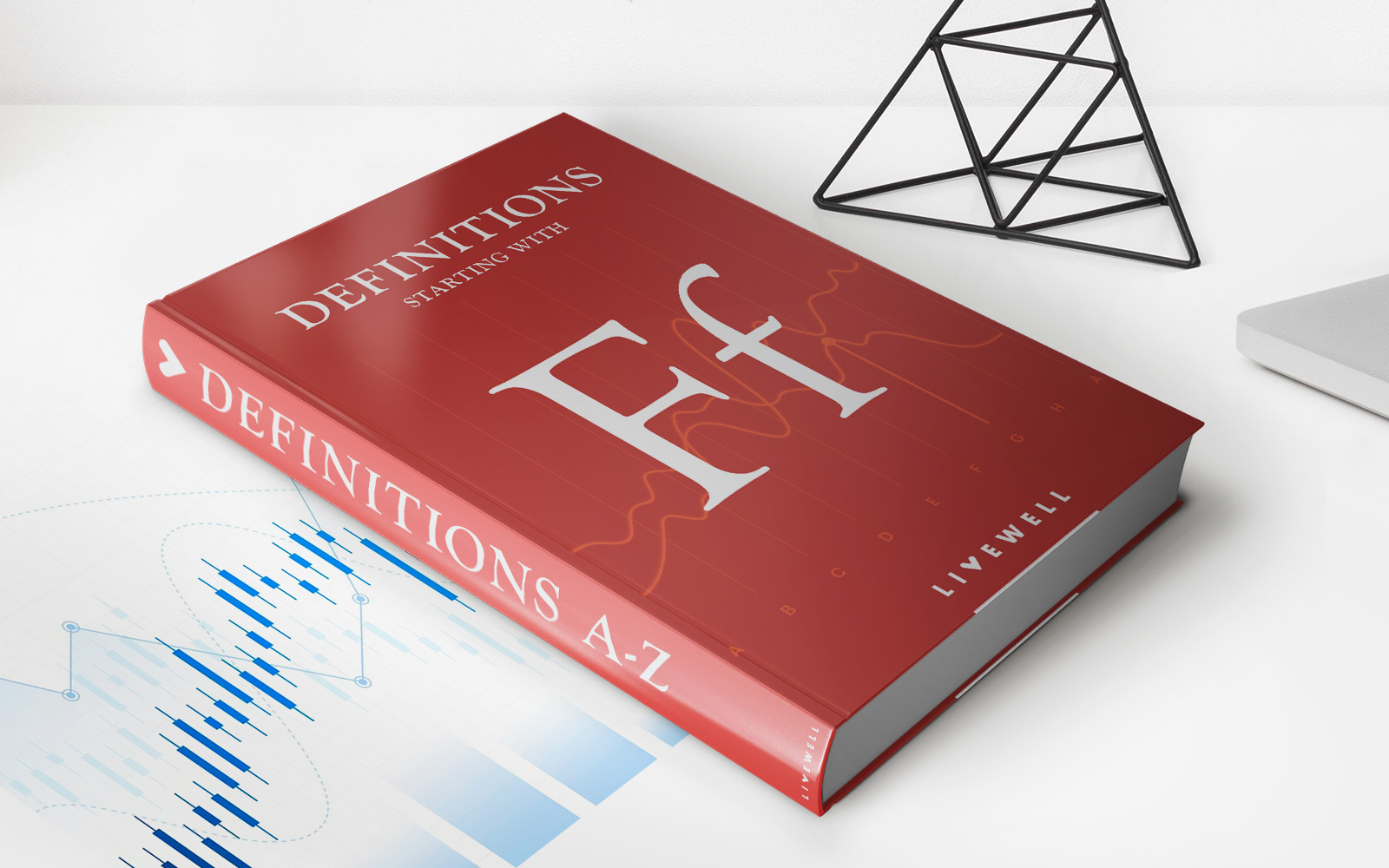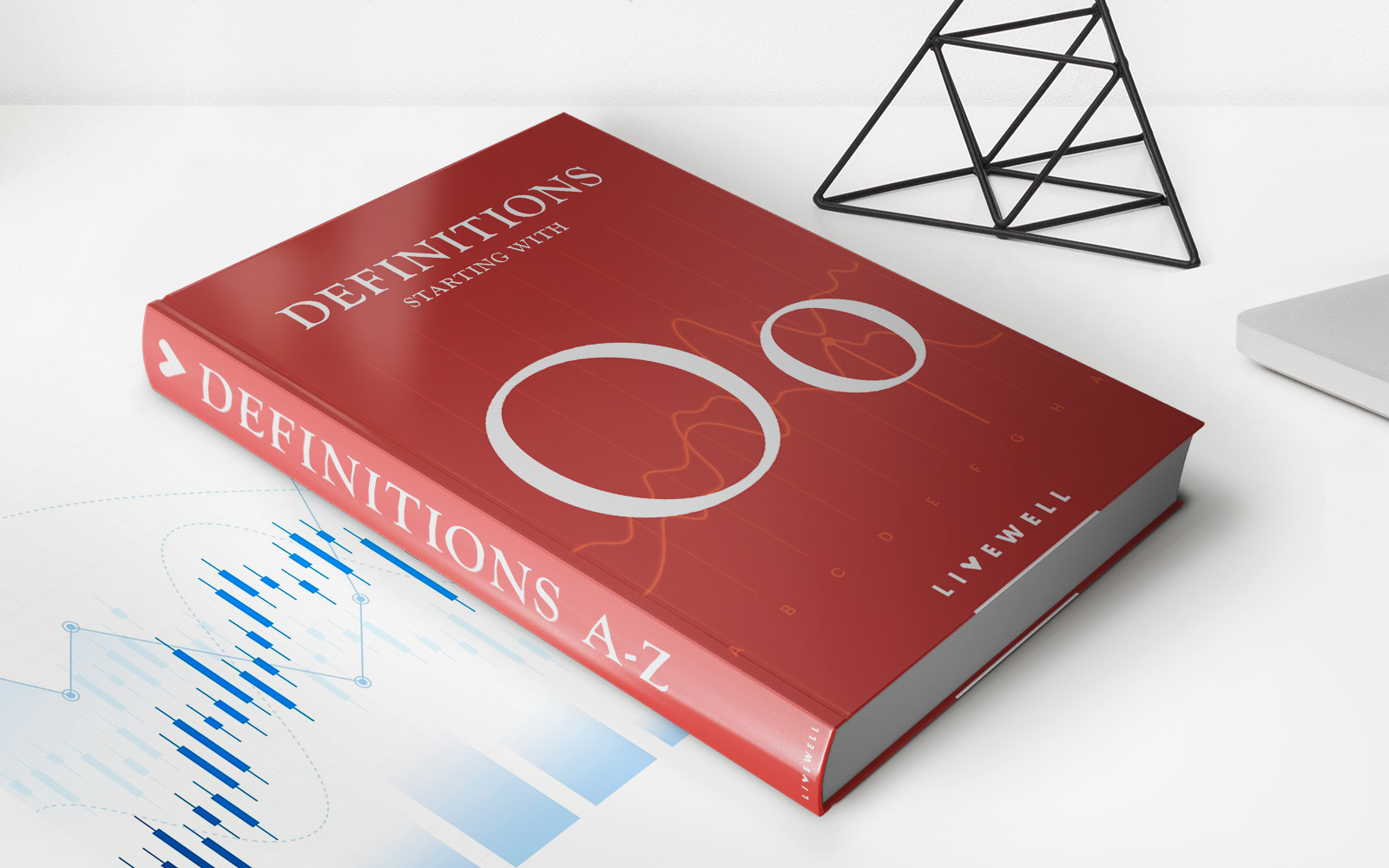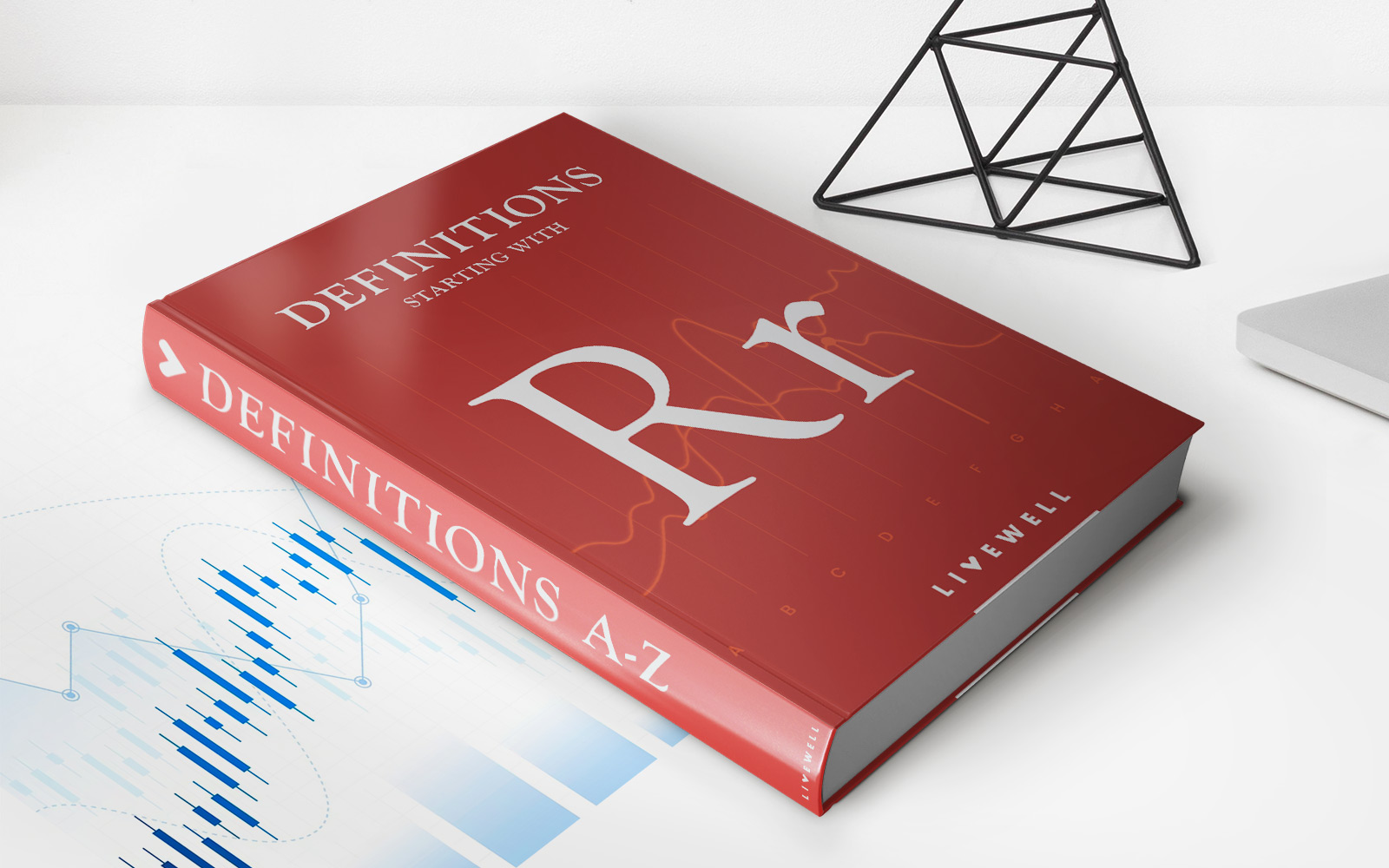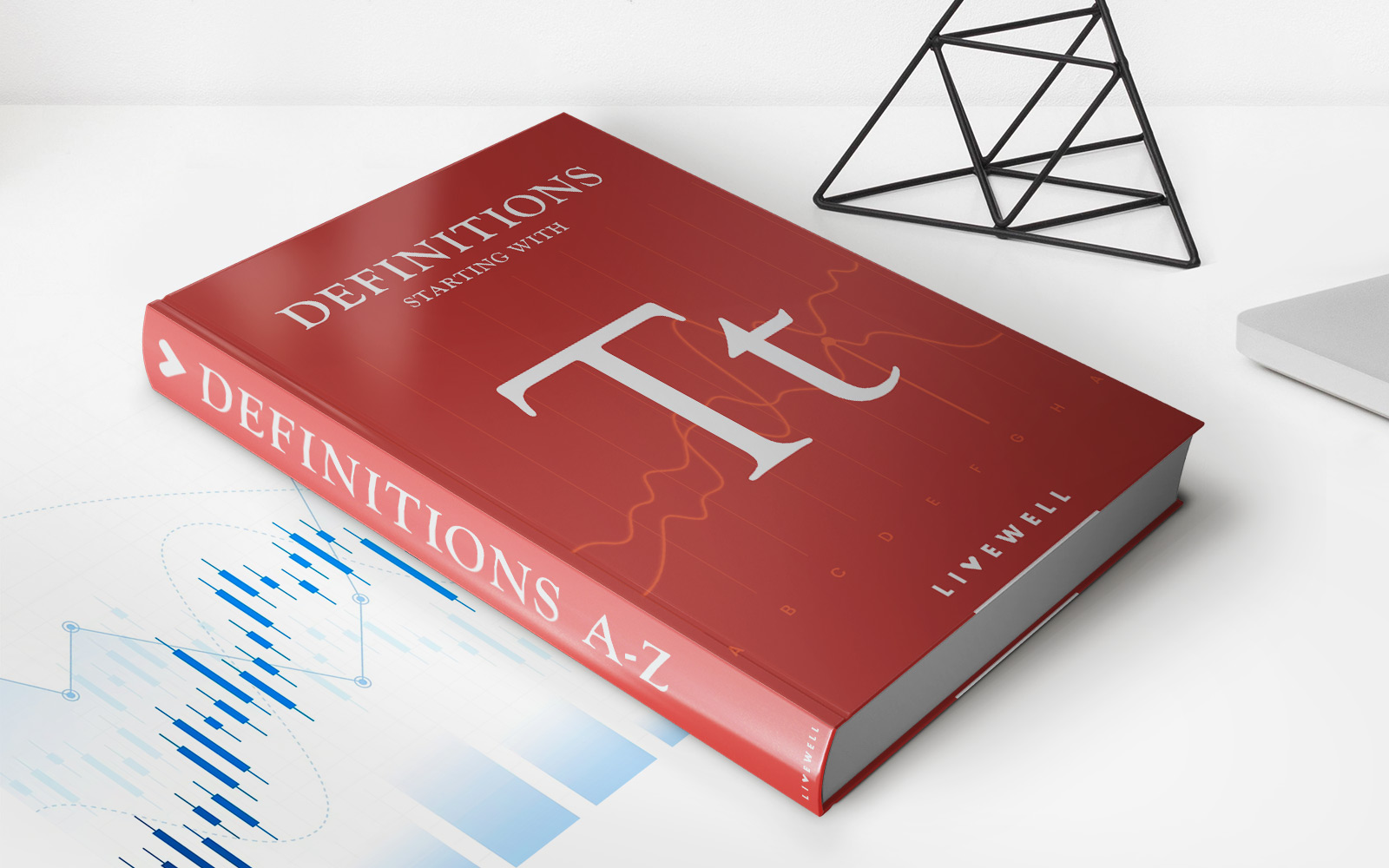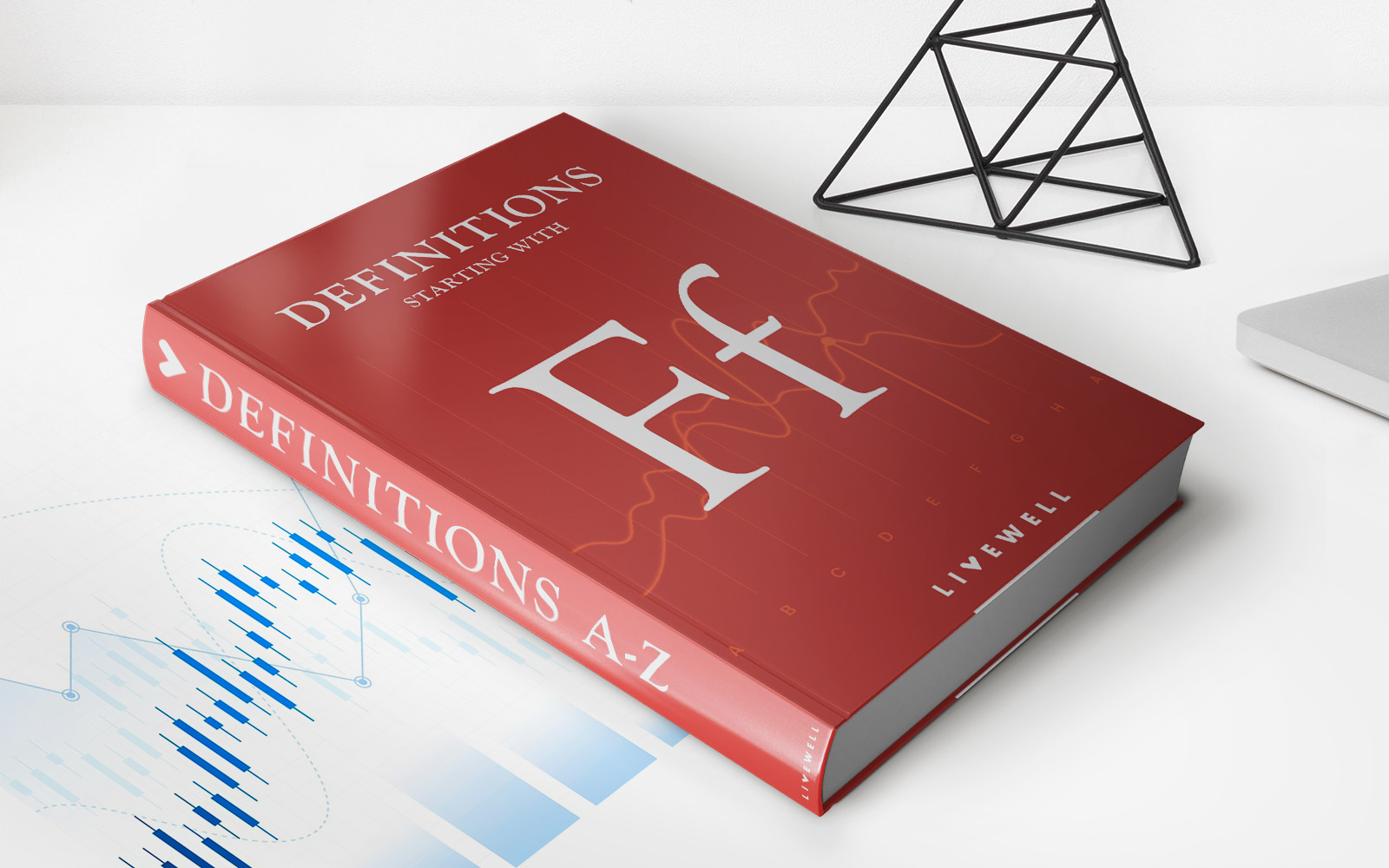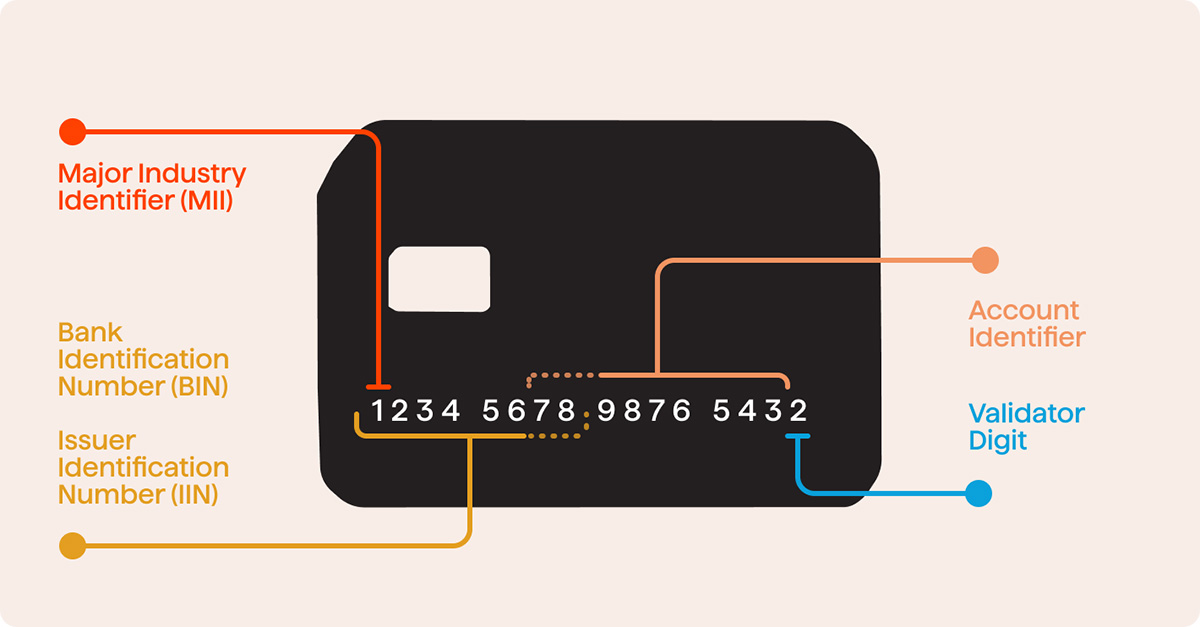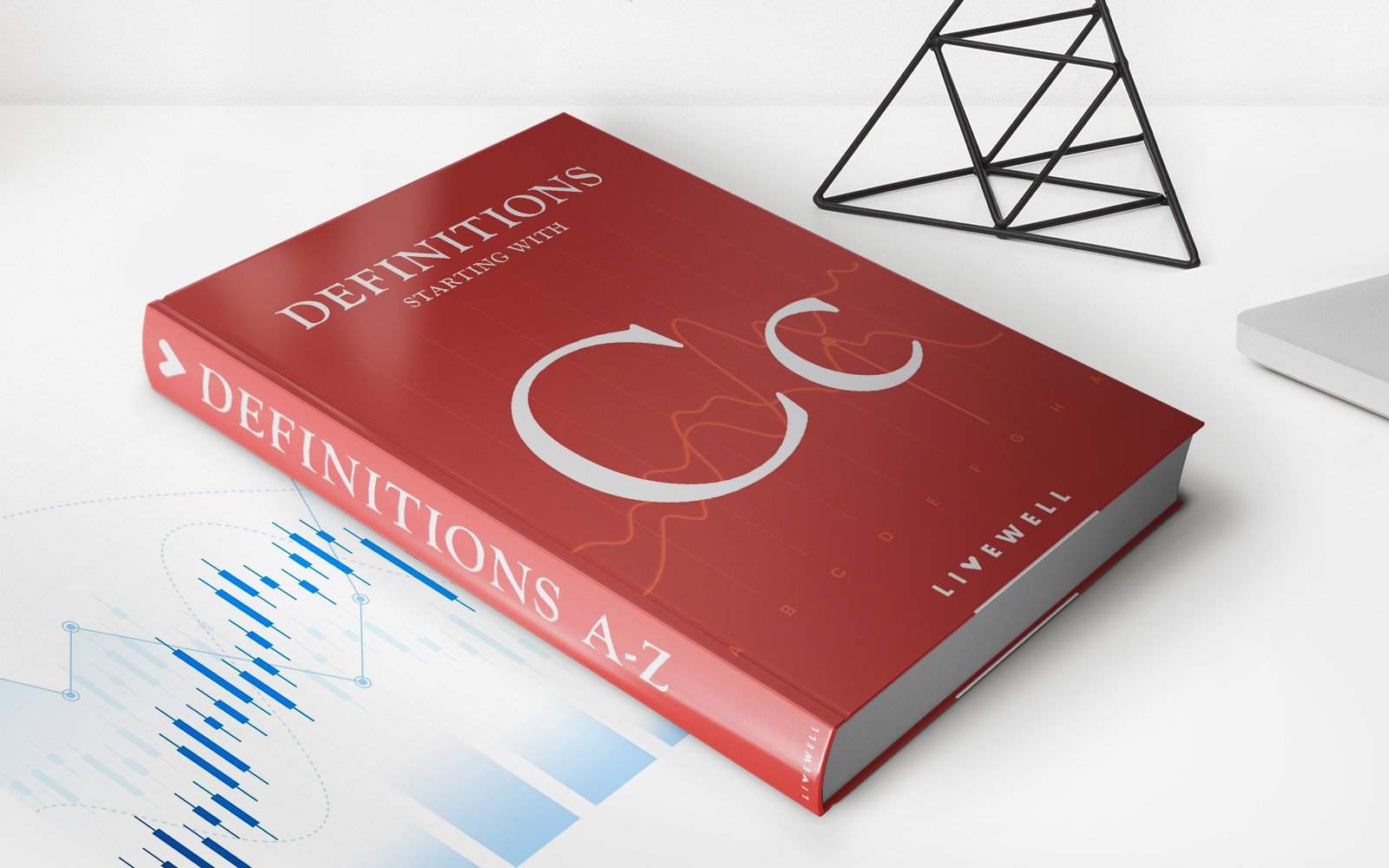Home>Finance>Tick Index: Definition, Example, And Trading Strategies
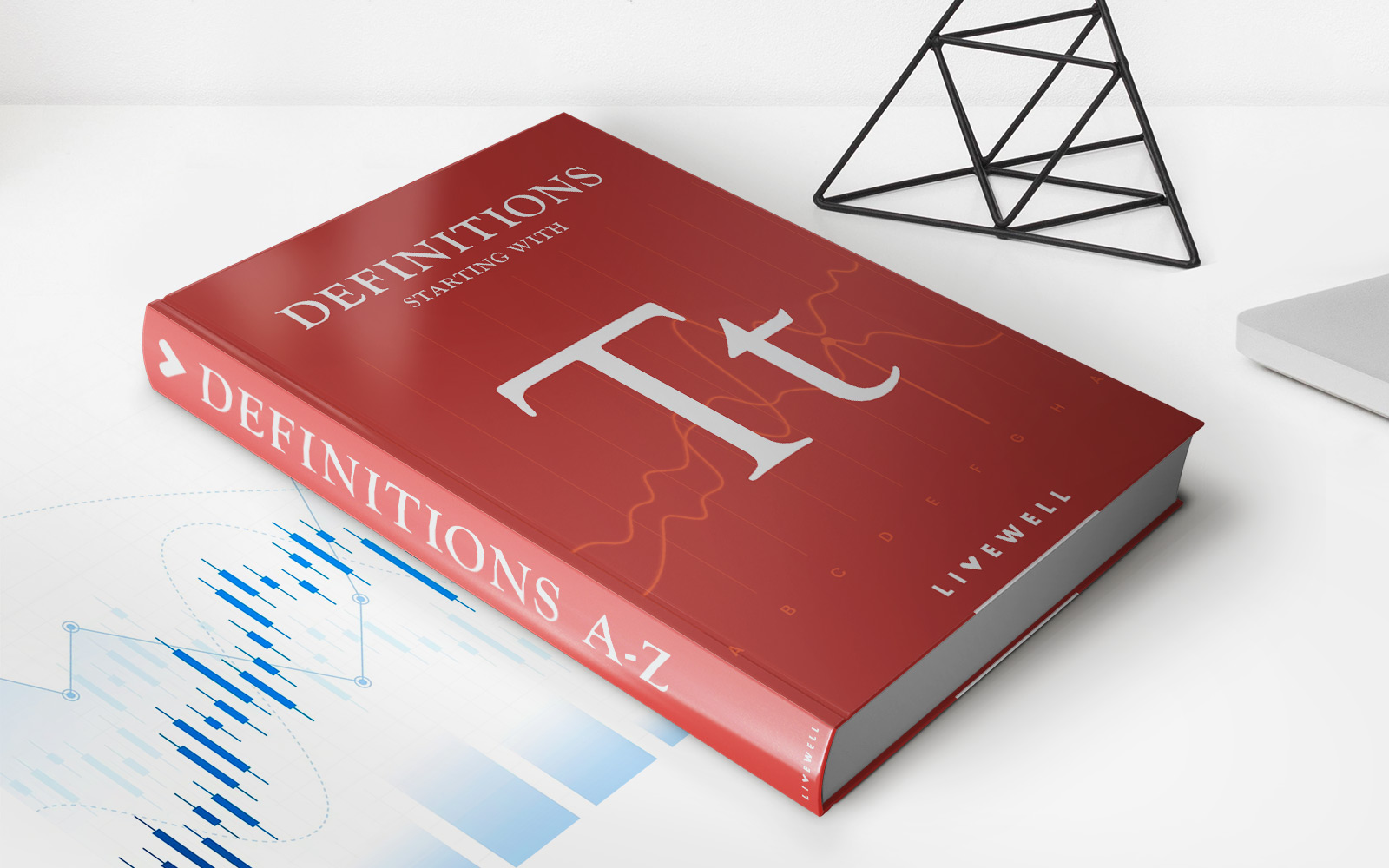

Finance
Tick Index: Definition, Example, And Trading Strategies
Published: February 8, 2024
Learn about tick index in finance, including its definition, example, and trading strategies. Enhance your understanding of finance with this comprehensive guide.
(Many of the links in this article redirect to a specific reviewed product. Your purchase of these products through affiliate links helps to generate commission for LiveWell, at no extra cost. Learn more)
The Tick Index: Definition, Example, and Trading Strategies
Welcome to another informative blog post in our FINANCE category! Today, we’ll be diving into the world of trading and exploring the concept of the Tick Index. If you’ve ever wondered what the Tick Index is and how it can be used in trading, you’ve come to the right place. So, buckle up and let’s explore this fascinating concept together!
Key Takeaways:
- The Tick Index is a tool used by traders to gauge the overall sentiment and strength of the market in real-time.
- It measures the difference between the number of stocks that are trading on upticks versus the number trading on downticks at a given moment.
Now, let’s start with the basics. The Tick Index is a popular tool among traders in the financial markets, especially in the realm of day trading. It is used to provide insights into market sentiment and the potential direction of the overall market. But what exactly is the Tick Index?
Simply put, the Tick Index measures the difference between the number of stocks trading on an uptick (a price increase) versus the number trading on a downtick (a price decrease) at a specific moment in time. It provides traders with a snapshot of the market’s internal strength, allowing them to make more informed trading decisions.
Now, let’s look at an example to help better understand how the Tick Index works. Imagine you’re watching the Tick Index and you see a reading of +500. This means that there are 500 more stocks that traded on an uptick than on a downtick at that particular moment. On the other hand, if the Tick Index shows a reading of -200, it means that there were 200 more stocks that traded on a downtick than on an uptick.
So, how can the Tick Index be used in trading strategies? Here are a few popular approaches:
- Tick Divergence: Traders look for divergences between the Tick Index and the price of a particular asset. For example, if the price is trending upwards, but the Tick Index is showing a negative reading, it could indicate a potential reversal or weakness in the market.
- Tick Extreme Readings: Traders also pay attention to extreme readings in the Tick Index. Large positive or negative values can suggest an overbought or oversold market, indicating that a reversal or correction may be imminent.
- Tick Confirmation: Some traders use the Tick Index as a confirmation tool for their trading decisions. For instance, they may look for a bullish Tick Index reading to validate a long position or a bearish reading to confirm a short position.
It’s important to note that the Tick Index is just one of many tools available to traders, and it should be used in conjunction with other technical indicators and analysis methods to make well-rounded trading decisions.
Wrapping Up:
In conclusion, the Tick Index is a powerful tool that provides traders with valuable insights into market sentiment and strength. By measuring the difference between stocks trading on upticks versus downticks, it helps traders make informed decisions and identify potential reversals or trends in the market. Remember to use the Tick Index as part of a comprehensive trading strategy and combine it with other indicators for the best results.
We hope this blog post has shed some light on the Tick Index and its applications in trading. Stay tuned for more informative articles in our FINANCE category, where we explore various financial topics to help you navigate the world of finance more effectively. Happy trading!
